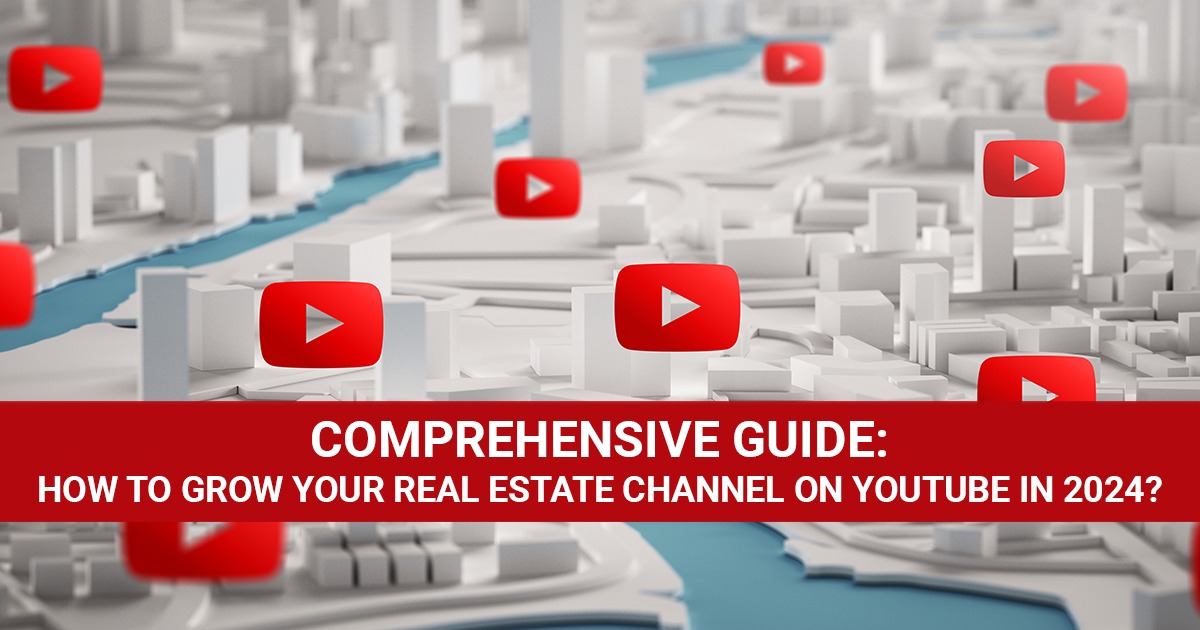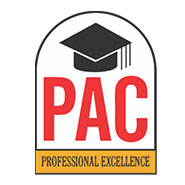If you are going to create content for life – as a webmaster, blogger, copywriter or Internet marketer – then one of the fundamental things you need to know is how to write original “SEO articles”. SEO articles (search engine optimization) are articles designed specifically for ranking on Google, and therefore they are slightly different from other types of content that are written solely to be interesting and interesting to the audience.
Of course, they should still be interesting to the audience. In fact, this is even more important if you want Google to be seen as helping users find content that is interesting, relevant, and valuable. Thus, the rules for writing SEO articles usually overlap with the rules for writing more broadly. To write a good article on SEO, you must first write a good article. The difference, however, is that you need to do a few things to make your content more SEO friendly. Here we’ll take a look at some steps to ensure your content is loved by Google. Read them and you should be able to provide your customers or your own blog with effective SEO content.
Click Here:Digital Marketing Company
1. Understanding Keywords
Perhaps the most talked about factor when it comes to writing SEO articles is the use of keywords. Keywords are essentially the terms for which the company wants their articles to be ranked, so when someone searches for a particular service, product or piece of information, their site will be displayed at the top. Keywords should be investigated first, however, to make sure that they a) are wanted and b) do not have too much competition. As soon as the company finds a “sweet spot”, it will identify the keywords and pass them on to you as the author.
This means that you need to insert keywords into your article in a subtle way – by repeating the term that your clients have chosen or that your research has determined, but not making it seem awkward or forced. Your keywords should be used throughout the content, but they should also appear in headings and headings, as well as at the beginning and end of paragraphs. These places are considered more important from Google’s point of view, so consider them “bonus points” if you have any.
2. The correct keyword density
In this case, you need to maintain the correct “keyword density”, which is about 1-2%. In other words, your content should consist of 1-2% of the keywords, and the rest will be natural, as you usually write. If you add keywords more often than these 1-2%, then you will find that Google actually punishes the content, because it looks like you are trying to “play the system.”
Unfortunately, some customers who have done the minimum amount of reading on this topic will think that 1-2% is not enough and will encourage you to repeat keywords more often. As they say, a slight information is a perilous thing! So what are you doing? Well, if you provide written services, you should usually satisfy your customers’ requests. They know better, and as long as you do the work entrusted to you, you will be fine. If you provide SEO services, then your value will be judged by the results you get, so insistently argue your business.
Finally, if this is for your own site, make sure you write first for your users and for Google secondly. Monitoring exactly 1-2% of the density doesn’t really make sense – instead, just write naturally on your topic and let the keywords act naturally.
3. Work with awkward keywords
Sometimes on the Internet you come across articles in which you tried to “stuff” clumsy and specific keywords, and this leads to awkward phrasing: “Have you ever wondered where I can buy hats online?” Now you identify the response “where to buy hats online”!
Hardly a Shakespeare?
Even more inconvenient are the “local keywords”, which include place names. Some customers will find that people are looking for words such as “buy Minneapolis hats,” and this leads to expressions such as: “And that is why you should always shop around before you buy Minneapolis hats!”
Urgh.
The best thing that can be done here in terms of “results” is to ignore customer requests and remove “Minneapolis” from their keyword. Instead, the local aspect may come from a keyword that is used elsewhere on the site — even in the URL or header.Again, you will find that some customers do not accept this kindly. If you provide copywriting services, your task is not to guess the client.
4. LSI optimization
LSI optimization is a relatively new term that means “hidden semantic indexing”. Although this sounds very bizarre, it’s basically just jargon for what you should always do first. The fact is that Google is getting smarter. Currently, Google can really understand the content of your page and thus can search for synonyms and related words. It can also do the same with the search strings that users search in order to guess what they really mean and not what they say.
For example, when you search for “LSI Optimization,” you will find that “Hidden semantic indexing” is also highlighted in the search results, because Google knows that it’s the same thing. In the same way, they will look for words such as “SEO” and “Google” in your content to make sure that they don’t display articles on the topic: Lemon Sifting Index. This is not a thing … but you understand.
Thus, in order to make sure that your content really matches the topic, and that you are a good author, Google will look for synonyms and related terms. For this reason, you should write around the topic and make sure that these terms are suitable whenever possible.This is actually just a matter of natural writing, but replenishing the vocabulary also does not hurt. This is also another reason smart customers will not try to impose a problem with their specific search queries.
5. Content length
The length of your content should be “as long as necessary,” and again you should serve the reader, not Google (ironically, to impress Google). However, studies tell us that Google prefers longer content. Longer content, in fact, provides more value, and it has also been shown that it generates more backlinks from other users (the more people link to your content, the higher it will also be rated).
Ensuring quality and value is your first port of call, and writing full-length content is a means to this end. At the same time, longer content will most likely include more repetitions of the passphrase (while maintaining a density of ~ 1-2%), and most likely will include more natural LSI optimization. It is also more likely that it will include “long-tail keywords,” which are random phrases such as “how can I color my blue hat red? Which can be very useful when there are enough of them. Thus, you also give yourself a chance to become an “in-depth article” about search results.
When you write long content, make sure you include a lot of headings and paragraphs to break the text and provide visitors the opportunity to view your content if they want to. The only problem is that most customers pay with a word. This means that in most cases you will be provided with a word counter to which you will stick. If you write for yourself, go for a long time. If you are writing for a client … do what you are told. However, some customers will have common sense to let you write as much as you need.
6. Accuracy and references
Another basic way to ensure the value of an article is through accurate and useful information. According to reports, Google begins to check the facts for the presence of a “repository of knowledge” to ensure the correct answers. Make sure you do your research!
Links to other resources can also be useful to improve the visible value of your content. This helps Google more accurately identify the topic you are writing about, provides users with more information, and turns your article into an even better resource in itself.
7. Other forms of marketing
SEO is a form of digital marketing, and social media marketing is another of the most popular. Most customers and bloggers will want to combine SEO with social marketing and other methods to get the best results. Therefore, an SEO article should also be a social article. This means that your content should be easy to read, interesting and original. It also means that you must use headers and images to facilitate sharing. Think Buzz Feed, but no trash.
This is also directly beneficial from an SEO perspective, as it means that more people are more likely to link to your content for you. This is called the “link bait” and leads to a natural and organic link profile. That’s it: the basics of writing SEO articles. This is a little more than that, and it’s also important to remember that Google algorithms are constantly learning and developing. But the main thing that needs to be done is to use subtle words and focus mainly on long, well-studied content that is of real value to readers.
Click Here: Digital Marketing Lahore





















